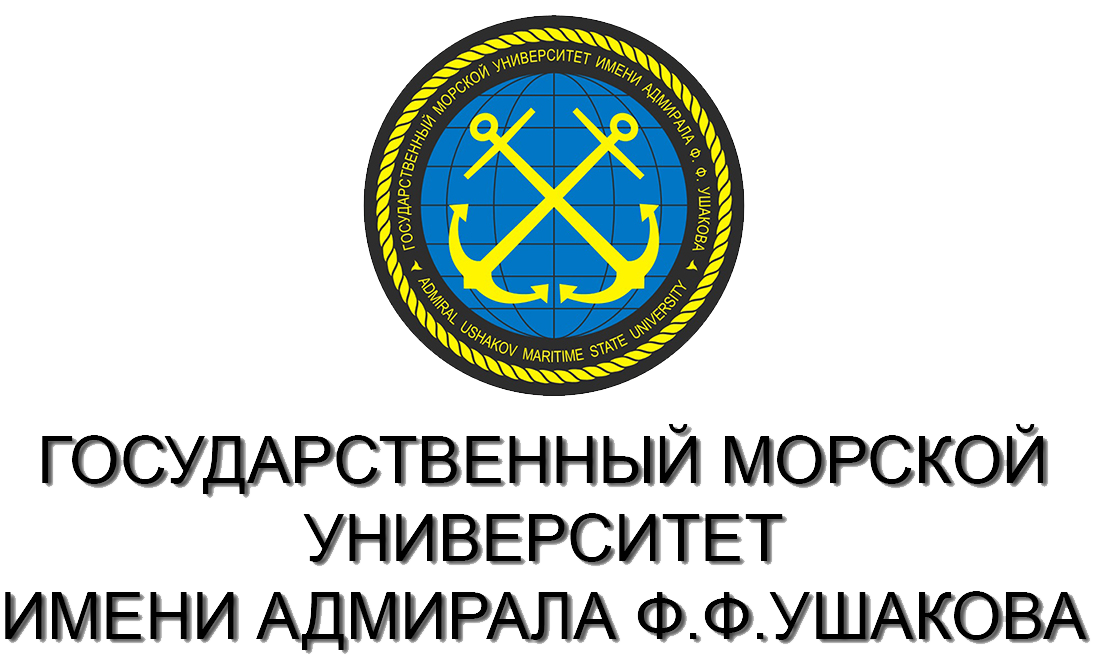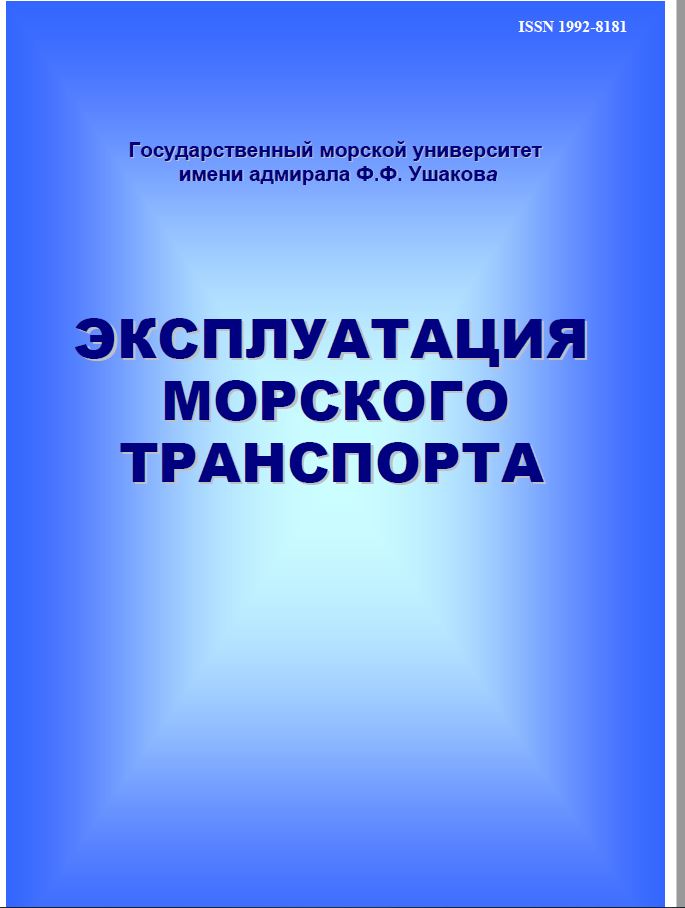The requirements of the resolutions of the International Maritime Organization (IMO) provide for the need to organize the management of cyber risks in navigation safety management systems. The article presents technogenic risk as a criterion for assessing the level and ensuring safety, which is understood as a measure of possible hazards, simultaneously taking into account the frequency of occurrence of an undesirable event and the consequences of the implementation of an undesirable event. The results of the analysis of the operation of floating regasification units of liquefied natural gas, based on operational experience and collected statistical data, are presented. The model "tree of failures" is constructed, the resulting event in which is a gas leak. It is established that a "gas leak" can occur with a frequency of 0.4 1/year. The management subsystems of a shipping company that allow remote control and management of power plants and equipment are considered. The disadvantage of the systems is their vulnerability to cyber attacks. Based on the analysis of publications of the DNV classification society, eight main vulnerabilities in the field of cybersecurity of a floating regasification installation were identified. Based on the statistics of cyberattacks on the infrastructure of industrial enterprises of the Russian Federation in 2019, it was found that the frequency of cyberattacks on ship equipment will be approximately 0.009 1/year.
Floating regasification plant, power equipment, security, digitalization, risk assessment, frequency of cyber attacks
1. Zhestovskij A G, Mikhailovskij M Yu, Okolot D Ya, Rudinskij I D 2019 Hie problems of information security of shipboard information system and ways of their solution when training specialists of marine directions Marine intellectual technologies 4(46)-4 93-101
2. Boran-Keshishyan A L, Astrein V V, Kondratiev S I 2019 Fonnalization of the general strategy of decision making to achieve complex safety of the ship Marine intellectual technologies l(43)-2-127-131
3. Astrein V V, Kondratiev S I, Boran-Keshishyan A L 2019 Presentation precedent in ship DSS of safe navigation Marine intellectual technologies 4(46)-3 147-152
4. Ivanchenko A A, Turkin V A, Karakayev A B, Konev G A 2019 State and perspective directions of development of CAD in shipbuilding Marine intellectual technologies l(43)-2 41-45
5. Samoilenko A Yu, Turkin V A, Bushlanov V P 2019 The formation of the experimental database for the study of cycles marine diesel engines Marine intellectual technologies l(43)-2 59-62
6. IMO 2017 Maritime Cyber Risk Management in Safety Management Systems. MSC.428(98) (London: IMO)
7. IMO 2017 Guidelines On Maritime Cyber Risk Management. MSC-FAL.l/Circ.3. (London: IMO)
8. RS 2021 Guidelines on Cyber Safety (ND No. 2-030101-040-E) (St. Petersburg: Russian Maritime Register of Shipping) 46
9. IMO 1993 The International Management Code for the Safe Operation of Ships and for Pollution Prevention (International Safety Management (ISM) Code), Resolution A.741(18) (London: IMO)
10. Reslmyak V I, Zakharov V N, Mizgiryov D S, Slyusarev A S 2019 The ecological risk assessment during accidental oil spills at water transport objects Marine intellectual technologies 4(46)-2 85-90
11. Reslmyak V I 2019 The theoretical basis assessment of risk emergency of oil spills Marine intellectual technologies 4(46)-3 72-76
12. Marcelo Ramos Martins and Adriana Miralles Schleder 2012 Reliability Analysis of the Regasification System on Board of a FSRU Using Bayesian Networks, Natural Gas - Extraction to End Use, Sreenath Borra Gupta, IntechOpen, DOI:https://doi.org/10.5772/45803
13. Pipeline and Elazardous Material Administration. https://www.plmisa.dot.gov/(date of the application 16.03.2021)
14. Hidalgo E M P, Silva D W R and de Souza G F M 2013 Probabilistic corrosion failure analysis of a LNG carrier loading pipeline 22nd International Congress of Mechanical Engineering (COBEM 2013) November 3-7, 2013 (Ribeirdo Preto, SP, Brazil) 3113-3123
15. Vianello C, Maschio G 2014 Risk analysis of lng terminal: case study Chemical Engineering Transactions 36 277-282 DOI:https://doi.org/10.3303/CET1436047
16. Desarnaud G 2017 Cyber Attacks and Energy Infrastructures: Anticipating Risks Etudes de l 'Ifri (Paris: Ifri) 60
17. Protecting the connected barrels. Cybersecurity for upstream oil and gas. https://www2.deloitte.com/content/dam/Deloitte/tr/Documents/energy-resources/DUP Protecting-the-connected-barrels.pdf (date of the application 16.03.2021)
18. Epikhin A.I. and Bashurov V P 2019 Experience and trends in the application of ship vehicles for LNG in vessels of the port fleet in the Russian Federation and the world Marine intellectual technologies 4(46)-3 52-58
19. Epikhin A.I., Kondratiev S.I., Hekert E.V. Application of neural networks based on a multilayer perceptron using fuzzy logic for technical diagnostics of ship technical means//Operation of sea transport. 2020. No. 3 (96). pp. 111-119.
20. Epikhin A.I., Kondratiev S.I., Hekert E.V.Prediction of multidimensional nonstationary time series using neuromodeling// Marine intelligent technologies. 2020. No. 4-4 (50). pp. 23 27.
21. Kondratiev S.I. Synthesis of program trajectories by the method of dynamic programming [Text] / S.I. Kondratiev // News of higher educational institutions. The North Caucasus region. Series: Technical Sciences. 2003.No. S6. pp. 41-43.











